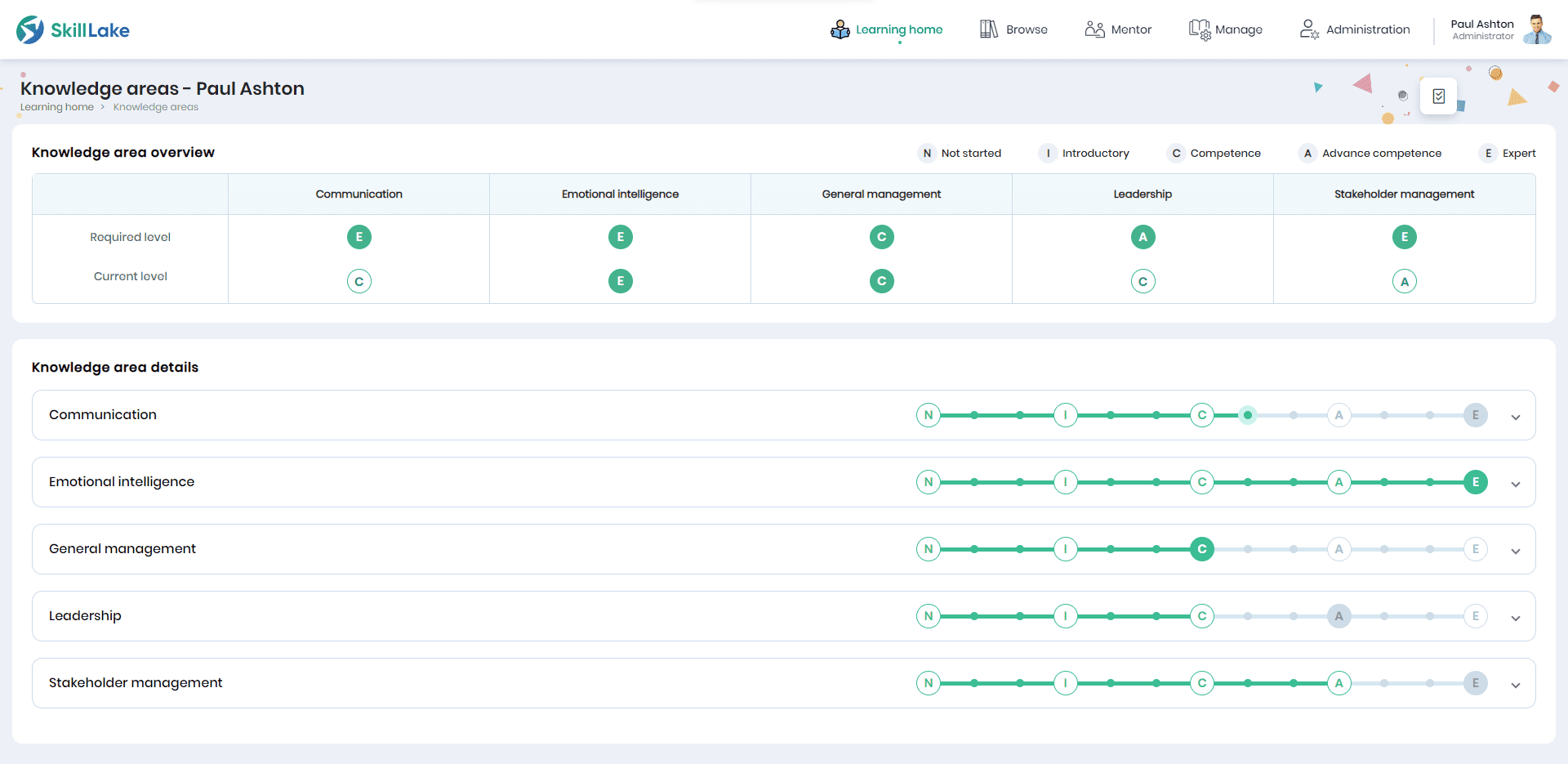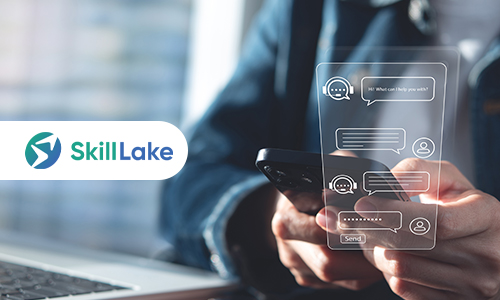L&D Management: Aligning Skills with Business Needs

What is L&D Management?
L&D ignites employee growth by tailoring training to unlock their full potential, aligning personal goals with the organization’s success.
Training and development can open up new labor avenues, train individuals to thrive with new skills, and enable businesses to prosper in a new world. Organizations must provide appropriate training to develop an attitude of lifelong learning at the organizational, team, and individual levels. Employee engagement gets boosted through dedicated learning and development. A more productive, competitive, and engaged staff is imperative to your company’s financial performance.
L&D’s strategic role benefits your organization in the following areas:
-
Attract and retain talent
Providing professional development opportunities helps employees generate a sense of importance inside the firm and develops loyalty, resulting in higher staff retention and a 59% lower staff turnover rate. One of the primary reasons employees quit a company is the lack of proper L&D.
-
Build people capacities
In order to keep value, human capital necessitates continuing investments in L&D. Companies who invest in the next generation of leaders get a significant return. -
Increases job satisfaction
Proper employee training and development should influence employee career advancement. Employees feel motivated when they believe their company is assisting them in improving their skills and knowledge base, which boosts their job satisfaction and morale. -
Foster a value-based organizational culture
As many firms’ workforces become increasingly virtual and geographically scattered, L&D can assist in the development of a values-based culture. Along with a feeling of community. -
Improve employer brand
Effective investments in L&D can help to improve a company’s brand and reputation. It is critical to strengthen your brand through an employer value proposition.
How Strategic L&D Management Benefits Your Organization
According to LinkedIn’s 2021 Learning Report, 83% of Gen-Z in the workplace want to learn how to do their jobs efficiently. Furthermore, 76% believe that continuous learning is essential for a successful profession. These data show that employees are looking for ways to improve their performance and add more value to the organization.
As technology evolves and work strategies improve, organizations and employees must align knowledge, skills, values, and capabilities for a better tomorrow.
1. Set training objectives with business strategy
An effective learning plan attempts to support professional growth and create competencies on schedule and within budget across the organization. L&D must examine employee competencies and determine which are most critical to supporting the execution of the company’s business strategy.
2. Identify competency gaps
Once organizations have identified their business priorities, they must ensure that their staff is capable of delivering. Therefore, it is critical to undertake a capability assessment planned and systematic. Companies should examine how people rate in these areas after selecting principal competencies for particular functions or job descriptions. These capability shortages should then be addressed by L&D interventions.

3. Create learning journeys
Many L&D functions are shifting away from stand-alone programs in favor of building learning journeys—continuous learning opportunities that occur across time. The goals of the learning journey must be to assist people in developing the necessary competencies effectively and efficiently, as well as to facilitate the transfer of learning to the workplace.
4. Implement and scale-up
It is vital to implement L&D initiatives on time and under budget to gain and maintain the support of business executives. To secure the necessary resources and support, L&D leadership must nurture an ongoing discussion with business executives about initiatives and goals.
5. Track progress and repeat
Organizations should concentrate on outcome-based indicators such as employee engagement, team effectiveness, and business process advancement. Then, with areas for improvement in mind, go through the process again.
To assist your employees in making meaningful contributions to the achievement of your company’s goals, you must go beyond simply publishing those goals. Everything your staff performs must be in line with these goals.
How L&D Management Can Align Skills with Business Needs
Training costs do not directly correlate to employee or company success. So, in truth, firms must be deliberate when it comes to L&D programs.
Organizations must:
Determine the objective of training
Identifying the purpose of training is the first step in designing a successful staff training program. Training managers must grasp the organization’s goals completely.
Blended Learning
One strategy to improving workplace training is to use a mixed training approach that combines Instructor-Led Training (ILT) with regular eLearning, a form known as blended (or “hybrid”) learning.
Monitor the progress of the training program
It is paramount to evaluate your training progress during the experience and as you near the end of it. As previously indicated, your learners should conduct self-assessments as part of their instruction. This self-evaluation will help them comprehend what they know, what they’ve learned, and where they need to enhance their learning.
Create learning paths
A well-thought-out training program will provide employees with numerous learning paths based on their existing abilities and future career ambitions. The primary goals of learning paths should be to assist people in developing the necessary skills effectively and efficiently and facilitate the transfer of learning to the workplace.

Gamification and rewards
Combine rewards, psychological recognition, and practical rewards to foster and sustain a learning culture. Your aim is for employees to see skill development as an essential part of their professional development rather than a nuisance that interferes with their actual work.
L&D Management at Work: Tips for Building Effective Training Programs
With so many possibilities, organizations can no longer afford to overlook people’s development. People development platforms are now at the forefront of achieving the best workforce possible. When employees get effectively trained, they can better serve your customers and provide a superior customer experience. It also shows your readiness to invest in your staff. As a result, your employees will be rewarded with increased loyalty and improved performance.
How does Skill Lake help achieve organizational goals?
Skill Lake enables you to grow L&D programs to meet your organization’s rising goals while staying within budget. Our system connects learning to both individual aspirations and organizational needs.
Skill Lake provides an integrated learning management system software that aids in the resolution of large-scale corporate challenges. It boosts corporate productivity, effectiveness, and agility while also serving as a people development platform. Our solution assists in achieving total visibility throughout the workforce to spot gaps and take appropriate action. It even helps the organization navigate hurdles while fostering a holistic learning culture. Take a demo of Skill Lake LMS to learn about establishing a culture of continuous learning and growth while keeping up with the organizational goals.
Build a culture of continuous learning with Skill Lake’s state-of-the-art people development platform. Give your employees professional training to help them excel in their job roles and propel your business to greater efficiency and success.
Start Today

Roshna R
Roshna is a passionate enthusiast of all things about learning and development. She has an innate flair for crafting thoughtful content and is inspiring eager minds on their learning journey.